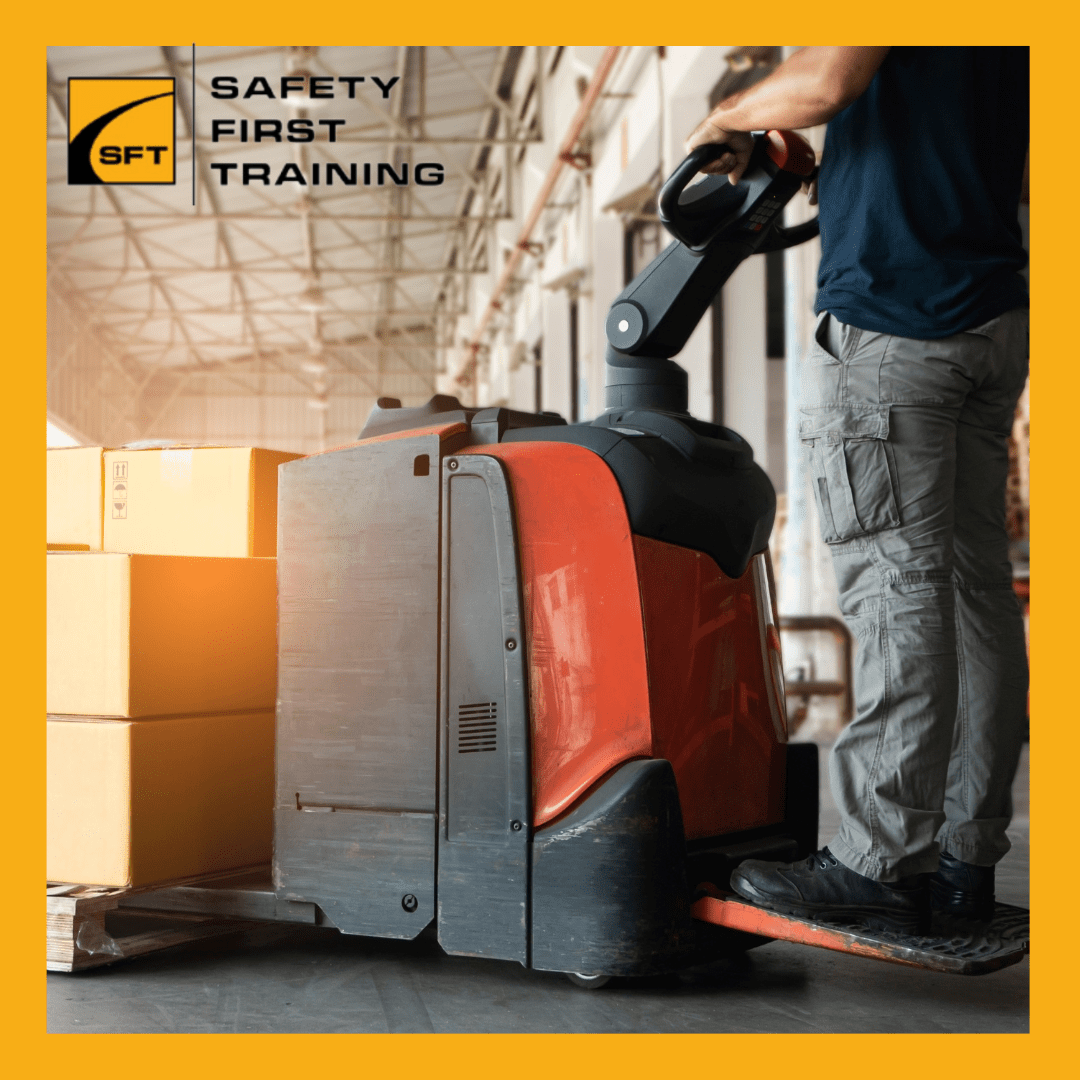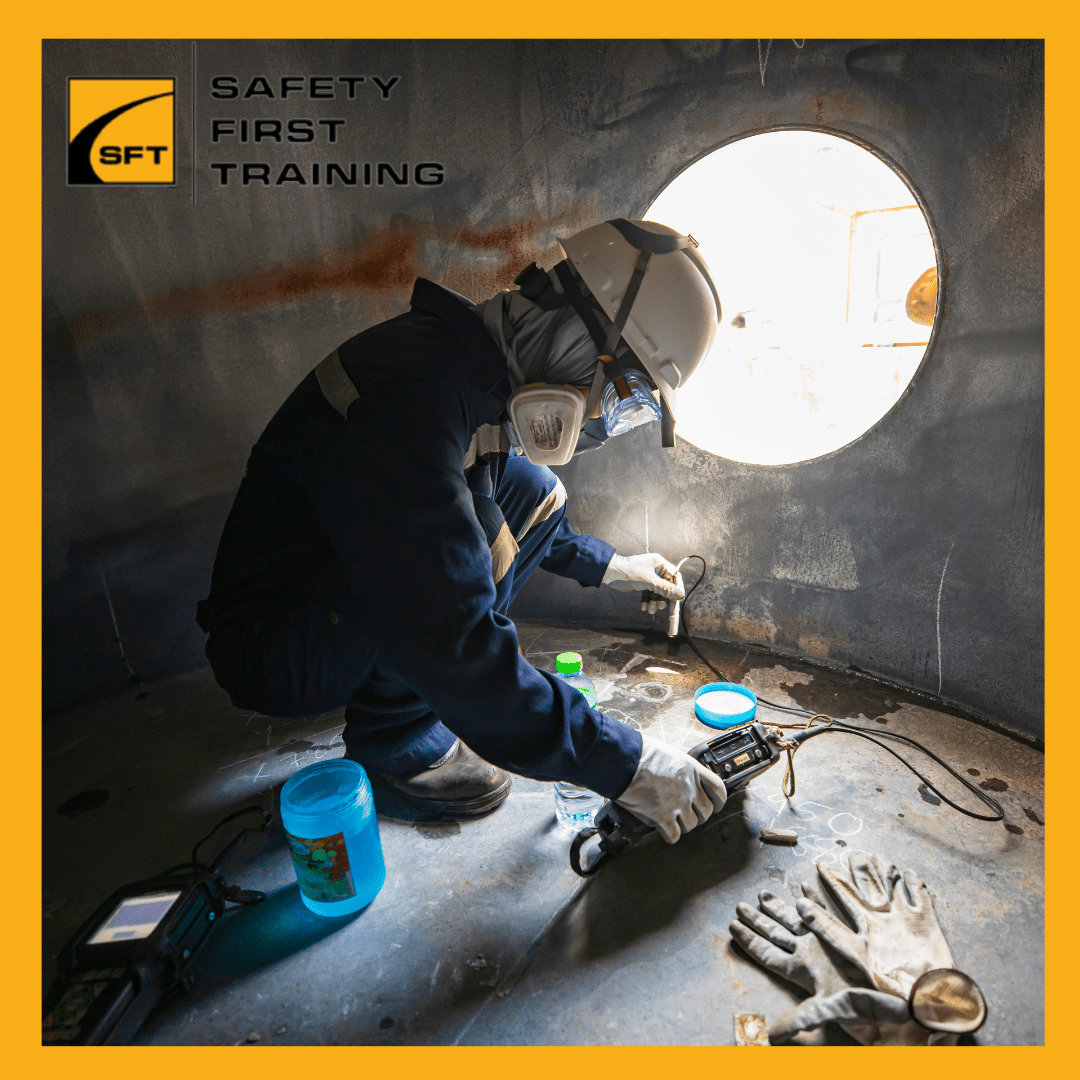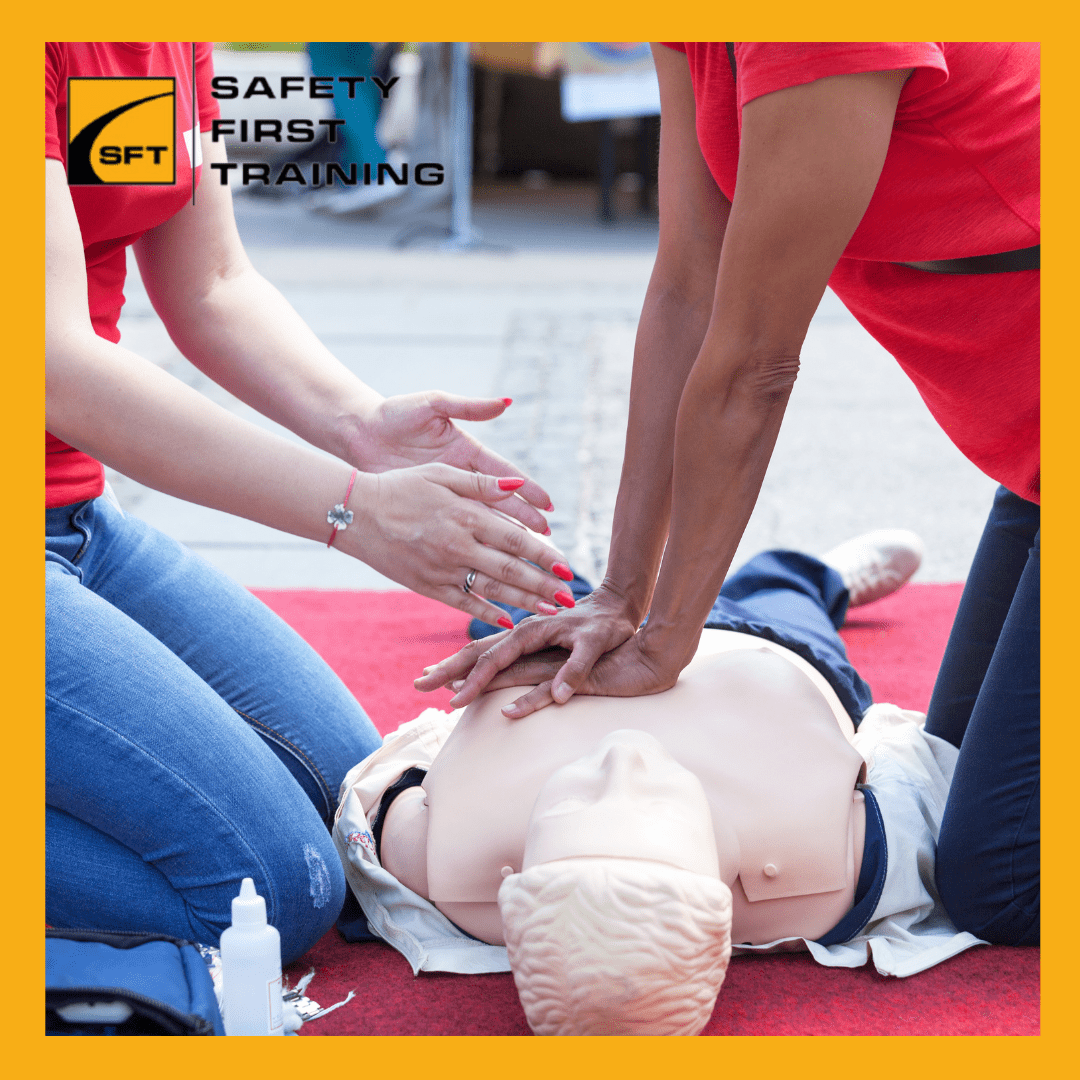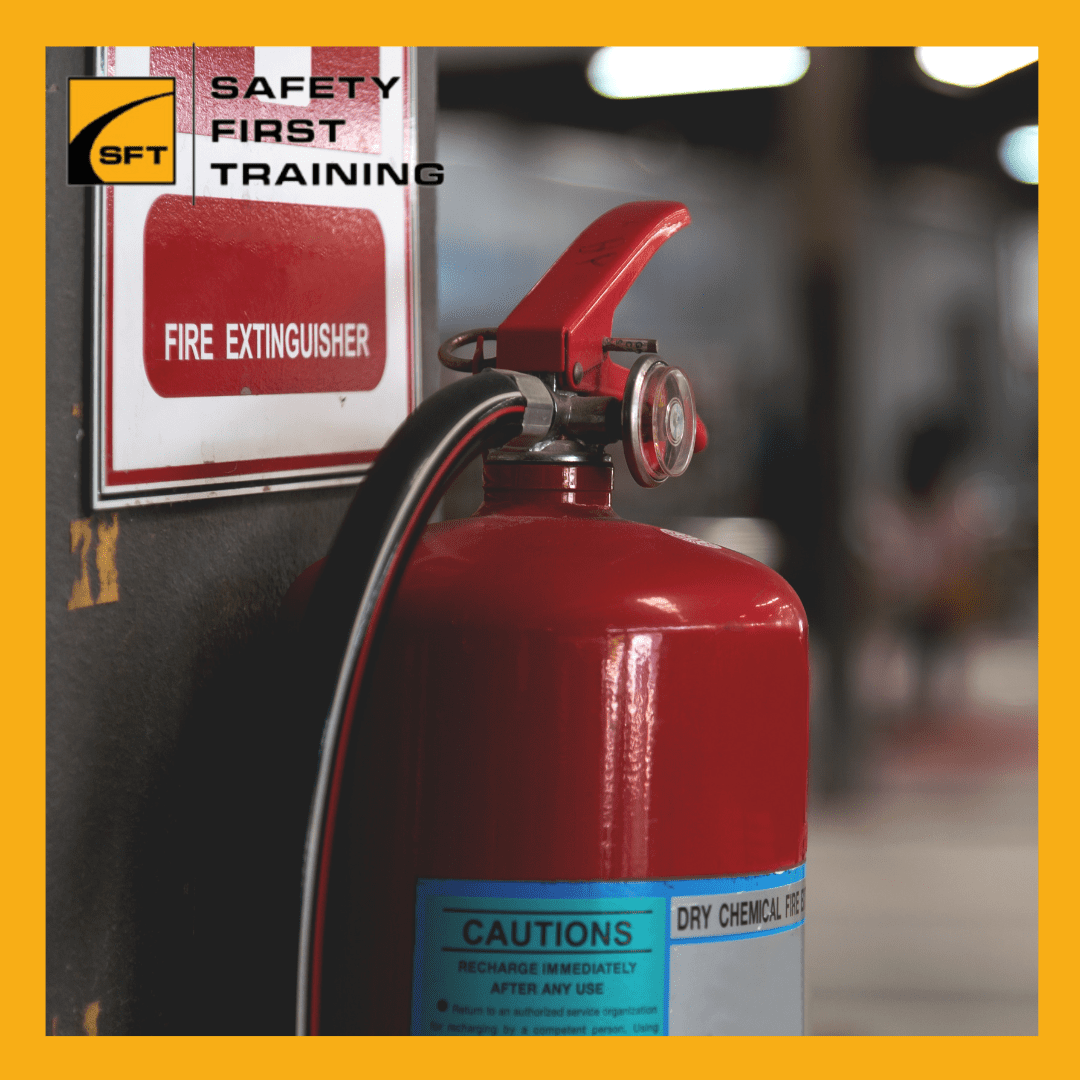WALKIE PALLET TRUCK AND LOW RIDER LIFT TRAINING
The Walkie & Walkie Rider Low Lift safety course from Safety First Training is an OHSA based program that teaches pre-operation machine inspection, safe operation requirements, proper load handling, operating and moving the machine and hazard avoidance. Training is offered around Southern Ontario including Toronto, Mississauga, Brampton, Markham, Oakville, Burlington, Hamilton, Niagara, Kitchener, Waterloo, Cambridge. We also offer Train the Trainer courses for Walkie/Walkie Rider.
Note – we do not provide public sessions for individuals
2024 Walkie/Walkie Rider Pricing
For Special Discounts and Preferred Pricing, Contact Us Directly
Walkie / Walkie Rider: Experienced Operators 3 – 4 hours
1-3 Participants: $619.00/Session + HST
4-5 Participants: $859.00/Session + HST
6-10 Participants: $1,329.00/Session + HST
Walkie / Walkie Rider: New Operators 4 – 5 hours
1-3 Participants: $799.00/Session
4-5 Participants: $1,099.00/Session
6-10 Participants: $1,539.00/Session
Duration
Up to 4 hours, depending on participants' experience levels
Assessment
A passing grade of 75% is required in order to receive a certificate
Completion
Upon successful completion of the Walkie Pallet Truck and Low Rider Lift Training course, participants will receive a PDF wall certificate and PDF wallet card for their records
Walkie Pallet Truck and Low Rider Lift Course
A Walkie Pallet Truck and Low Rider Lift, also known as a Class III forklift; electric motor hand trucks and rider trucks is an electric pallet jack.
The Walkie Pallet Truck and Low Rider Lift Training program is crafted based on the following standards:
CSA Standard B335-15: This is a safety standard for lift trucks that outlines the knowledge, skills, and evaluation criteria required for lift truck operators. Operators must show a competency level that meets or exceeds industry standards through a practical evaluation under the Walkie Pallet Truck and Low Rider Lift Training.
The Occupational Health and Safety Act, REGULATION 851 for Industrial Establishments, covers lift truck safety requirements.
Course Outline for Walkie and Walkie Rider Low Lift:
Introduction to the course
Overview of relevant government regulations
Safety video for Walkie Pallet Truck and Low Rider Lift Training
Roles and responsibilities of employees, managers and employers
Different types of lift trucks
Pre-operational checks
Inspection, maintenance, and documentation
Understanding lift capacity and load limits
Handling fuel safely for both electric and propane-powered equipment
Safe operating practices
Training for operating Walkie and Walkie Rider Low Lift Training is crucial in Ontario for several reasons:
Safety: These machines can be hazardous and may cause severe injuries or fatalities if not handled properly. Training ensures that operators are fully aware of the risks and know how to manage the equipment safely.
Compliance: It's legally mandated in Ontario for all operators of Walkie and Walkie Rider Low Lifts to undergo proper training before they can use these machines. Failure to comply may result in fines and other legal consequences.
Efficiency: Trained operators can utilize the equipment more effectively, enhancing productivity and minimizing operational interruptions.
Cost Savings: Incorrect usage of Walkie and Walkie Rider Low Lifts can cause damage to both the machinery and the goods being transported, incurring significant repair or replacement costs. Adequate training reduces the likelihood of such damages and can lead to cost savings.
Overall, Walkie and Walkie Low Rider Lift Training is vital for ensuring the safety of operators, adherence to legal standards, and efficient and economical use of equipment in Ontario.
Operating a Walkie Rider Low Lift requires careful attention to safety. Here are some essential guidelines to ensure safe usage:
Always wear the necessary personal protective equipment (PPE), such as safety shoes, a hard hat, and safety glasses.
Inspect the Walkie Rider Low Lift before each use to verify it's in proper working condition. Look for any loose or damaged parts, leaks, and other potential hazards.
Adhere strictly to the manufacturer’s guidelines for operating the Walkie Rider Low Lift. Familiarize yourself thoroughly with the operator’s manual, focusing on understanding the controls and safety features.
Do not overload the Walkie Rider Low Lift; respect its maximum load capacity. Always check this capacity before use and ensure that the load is balanced.
The equipment should never be used to lift people, as it is intended solely for material handling.
Keep your hands, feet, and all body parts away from moving parts and areas where pinching may occur during operation.
Exercise extra caution on slopes or ramps, ensuring the load is stable. Use suitable speeds and gears according to the slope and ground conditions.
Always park the Walkie Rider Low Lift on a level surface and engage the brakes when it is not in use.
When charging the battery, use the charger provided by the manufacturer and follow all charging instructions precisely.
Never operate the Walkie Rider Low Lift if you are under the influence of alcohol or drugs or if you feel tired or distracted.
Safety is a shared responsibility. Adhering to these tips helps create a safe and efficient work environment when using a Walkie Rider Low Lift.
Train the Trainer – Walkie Low Lift
Our Train the Trainer certification course for Walkie Low Lift equips clients to deliver OHSA-based safety courses directly to their employees. This program is particularly cost-effective when specific teams or employees require safety training, as it eliminates the need for external trainers. We provide comprehensive training to enable you to become a proficient safety trainer for Walkie Low Lifts within your organization.
Our Train the Trainer Course Package offers the following resources:
Instructor's Teaching Guide
Handouts for Participants
Assessment Forms
Template for Wall Certificates
Presentation for Instructors
Test for the Course with an Answer Sheet
Supplementary Course Video
Template for Wallet Cards
Forklift Overview:
Counterbalance Forklifts (Electric or Propane):
Available in electric and propane models.
Often simply called forklifts or lift trucks.
Equipped with various attachments to aid in tasks, though proper training on their use is necessary.
Narrow Aisle Reach:
Features a "deadman" pedal for efficient braking.
Depending on the model, it can lift up to 4,500 lbs and reach up to 30.5 feet high.
Swing Reach:
Requires specialized training different from that for Narrow Aisle Reach forklifts.
Optimized for maximizing storage density, potentially tripling storage capacity depending on the model.
Dock Stocker:
Also known as a Reach Truck, though it operates differently.
Available in sit-down and stand-up versions.
Some models have a load capacity ranging from 3,000 to 5,000 lbs.
Walkie & Walkie Rider Low Lift:
Commonly known as a pallet jack.
Responsive and easy to operate, ideal for low-level order picking.
Certain models include a platform for the operator to stand on while moving loads.
Order Picker:
Designed to simplify the picking process, available in low, medium, and high-level models.
Sometimes referred to as a cherry picker due to its functionality.
High Capacity Forklift:
Lifting capacities vary from 19,000 to 105,821 lbs, depending on the model.
Equipped with various front-end carriages to handle heavy loads efficiently.
Zoom Boom:
Suitable for outdoor use in rough terrain.
Lift capacities range from 3,000 to 46,000 lbs, depending on the model.
Compatible with various attachments.
Safety Guidelines:
Always comply with provincial Occupational Health and Safety Regulations.
Follow the employer’s health and safety procedures closely.
Consult equipment operator’s and manufacturer’s manuals.
Wear the required Personal Protective Equipment (PPE).
Adhere to equipment lifting capacity warnings and guidelines.
Perform pre-shift, pre-start-up, and visual inspections.
Report any missing or defective equipment or protective devices.
Test all equipment functions for proper operation.
Avoid hazardous areas such as steep slopes and drop-offs.
Use equipment only for its intended purposes.
Ensure proper training and authorization before using any equipment.
Watch this video for essential safety and maintenance tips for walkie/walkie-rider equipment.
Duration:
The session lasts up to 4 hours, varying with the experience levels of the participants.
Assessment:
Participants need to achieve a minimum score of 75% to pass.
Completion:
After successfully finishing the course, participants will be awarded a PDF wall certificate and a PDF wallet card for their records.
Click here for a general video outlining safety and maintenance tips for walkie/walkie rider
